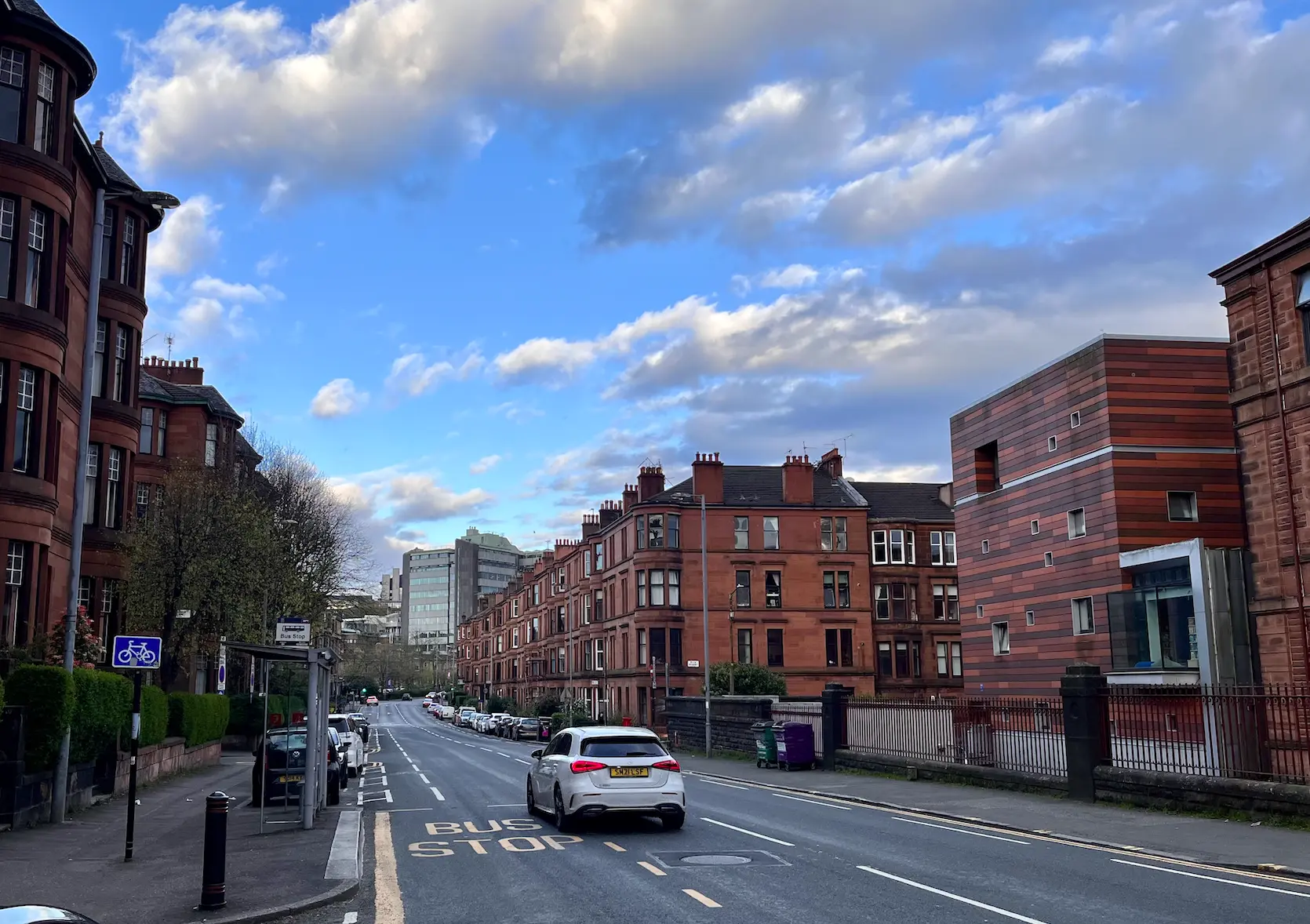
Problem discussion
The crouch before a leap
Apr 30, 2024

Mohammed Kheezar Hayat
Product
We could all be experts (sort of)
Whenever I am talking to someone I know about a book they are reading or have read; a standard conversation piece of mine is to get them to express an opinion on printed vs ebooks. I almost always hear something along the lines of ‘i own a kindle but..’ or that ‘i do read x type of book on a screen, but for y i go for print’. The answer is always caveated in favour of print in some way.
Some people prefer to have a reminder of what they have read sat on the bookshelf, like a souvenir from a journey. Some simply like the sensory experience of a physical book. Some like to scribble in the margins. Many reasons, but I almost always get an answer that points to a preference for print. Ebooks are very much the poor relation. They of course have obvious advantages. But their limitations mean that even for people committed to the experiment of electronic reading, they remain niche.
Many attempts have been made to bridge print and ‘digital’, in reading as well as writing. Some publishers will give you an ebook version for free when you buy a physical copy, supposedly giving you the ‘best of both worlds’. There are devices like the ever popular Kindle, it’s pitch being distraction free reading and the ‘paperlike’ e-ink display. There is the new ‘Remarkable’ tablet, basically a kindle you can write on. And of course, there is an entire cottage industry of apps and accessories to get the iPad to mimic the experience of paper.
This is a classic problem in computing. Computers are ‘cognition machines’, arguably the first since the invention of the printing press. There were always going to be such attempts to marry the tactility of paper vs the fluidity of computer text: wouldn’t it be nice if one could quickly scan, leaf through ebooks and web pages like you do with a book, or if your scribbles in the margins of a physical book were searchable?
Unlike previous paradigm shifts in computing, the one we are experiencing right now has language at its heart.
Obviously at Afterword we are attracted to this problem. We want to bring visual, quick scannability to large amounts of information; and our summarization is the starting point for it. Besides on a screen you are not limited to text, we can do audio and video. It brings a whole new dimension to the idea of ‘reading’.
This is a commonly held vision and for that reason alone, worth pursuing. Every time there has been a paradigm shift in computing, the industry has taken a few steps in this direction. But unlike all the previous shifts, the one we are experiencing right now has language at its heart. It appears that finally, a century after ebooks and e-readers was conceived (seriously, look up 'the readies'), all the pieces might be coming together for something truly amazing to emerge. We are, as this Nautilus piece that you should read says, in the ‘crouch before a leap’.
I mentioned earlier that part of the appeal of physical books is to have the books you have read sitting on a shelf as a reminder or souvenir. But bookshelves, once they get large enough, serve another purpose: they are like maps. Books often get arranged by subjects, themes, authors. So if two books are side by side, that proximity means something. When you pay attention to one, the arrangement ensures that you see its neighbours as well. Well arranged bookshelves possess the quality of say, 'mappiness': being like a map.
When it comes to marrying the tactility of paper vs fluidity of digital text, it is not enough to simply cross copy the features. People have been coming back to this problem for decades because it is full of possibilities that are more than the ‘Google but for print’ type. The Aeon article talks about the 10 feet bookshelf in Bret Victor’s lab, where you can point a laser at a spine and the book’s contents project out on a giant screen above the shelf. That bookshelf was made before the LLM explosion. What might it look like now? What features could it have?
Afterword is a text, audio and YouTube summarizer, all unified. If you are still with me (well done!) and you care for a hint of what our north star is, then stick around just a little longer.
Take a few moments and examine this picture. There is no riddle; just look at it.

I took this picture a few days ago, because the sky was clear and the road was also unusually empty for the time of day. There is a lot of information in this photo. Making an exhaustive description would be very tedious. Now if I asked you a simple question, “What colour is the moving car”, you would answer easily. Similarly if I were to ask you what the road markings said, were there apartment blocks or houses in the photo, are there any trees: in spite of all the information being presented in the photo and you having only just seen it, you still know exactly where in the photo to look for the answer.
You know the photo is a visual representation of the real world, so information that is related to a single concept (like say, the car) is physically in the same region of the photo. Besides being worth a thousand words, a picture also possesses the quality of ‘mappiness’; just like a well arranged bookshelf.
The mappiness cuts through any information overload with ease. You could say that you can navigate this photo like an expert. In fact this is often how ‘actual’ experts describe seeing their fields of expertise in their ‘mind’s eye’. If such mappiness can be built for bookshelves, why can’t we build it for the books themselves, for the ideas in them, for all of knowledge even. Now that we move ever closer to a world where cognition is available ‘on tap’, can’t we all become experts? If not instantly then maybe much, much quicker?
Think about the bookshelf, and then about this photo. Look around the next time you go for a walk outside. What would you want to build?